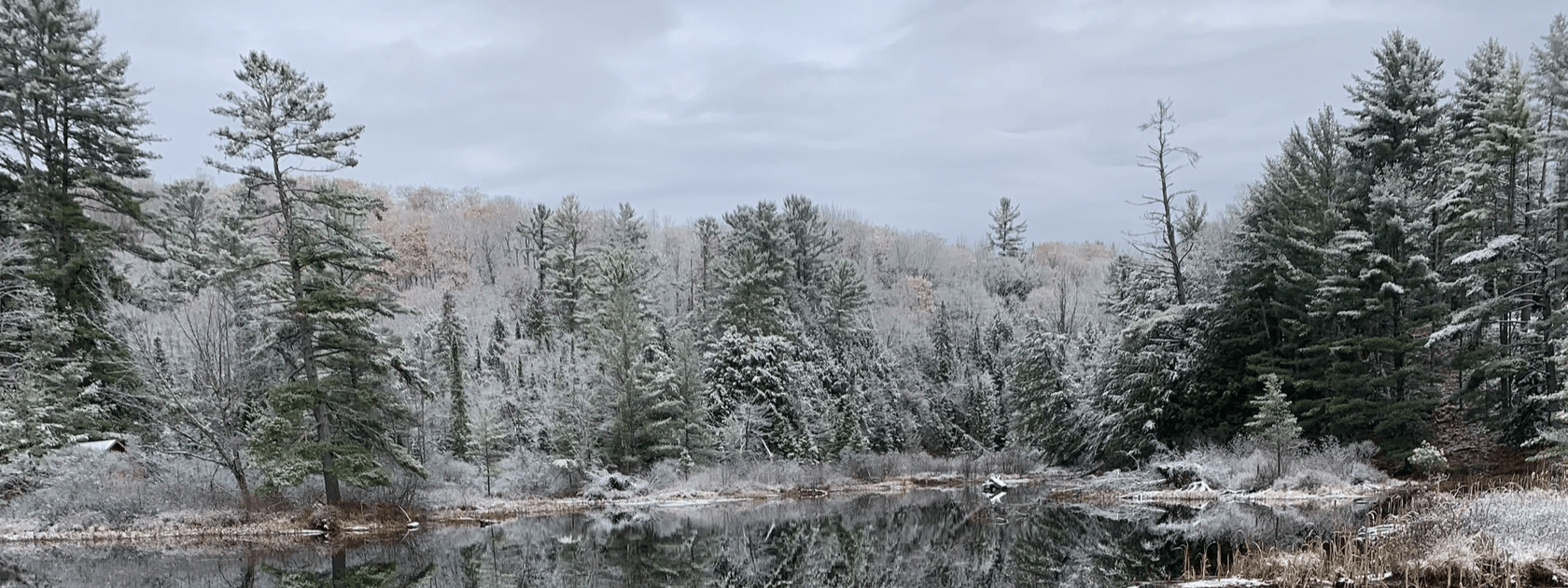It is important to recognize and learn about the Indigenous lands on which you are situated. Land acknowledgements are specific to place, and we must honour the unique relationships, histories, and cultures of the original peoples of this territory. The land acknowledgement we share below is specific to Guelph, Ontario. We are committed to recognizing the longstanding and contemporary relationships that First Nations, Inuit, and Métis peoples have with the land on which we live, work, and play.
The University of Guelph resides on the ancestral lands of the Attawandaron people, on Treaty 3 lands, and in the territory of the Mississaugas of the Credit. We recognize the significance of the Dish with One Spoon Covenant to this land, and offer our respect to our Anishinaabe, Haudenosaunee, and Métis neighbours. We acknowledge that this gathering place where we work and learn is home to many past, present, and future First Nations, Inuit, and Métis peoples. As we recognize these relationships, we reaffirm our commitment and collective responsibility to this place and its peoples’ histories, rights, and presence, including supporting Indigenous peoples and communities through our research. In the research and learning that we do, we seek to amplify Indigenous voices and values. We acknowledge that universities and research practices have often excluded and misrepresented Indigenous peoples; perpetuating colonialism. As a group of Indigenous and allied scholars, we commit to decolonizing the work that we do and the spaces we occupy, with the goal of supporting the healing, rights, and justice of Indigenous peoples.
We are grateful for this land and for all of our relations.

Honouring the Traditional Territories of Our Community Partners
We recognize that our research enterprises and partnerships occur across Turtle Island. We recognize the significance of Treaty 8, the largest treaty of the 19th century, that covers the land between Athabasca Landing and the Great Slave Lake and from Lake Athabasca to the Rockies. These lands are the traditional territory of Déne, Cree, and Métis Nations, where relationships with the land continue to be honoured and nurtured. Though our community partners have many members living in Fort Chipewyan in Alberta, Canada, they each embody the traditions of the land in culturally distinct ways.
The Mikisew Cree First Nation has lived on the ancestral lands of the Athabasca Delta and Wood Buffalo National Park since time immemorial, with traditional lands ranging over a large portion of northern Alberta. Members are linked to the land and to a close understanding of Cree traditions, history, and natural way of life. Contemporarily, some of these lands are part of the Athabasca oil sands.
The Athabasca Chipewyan First Nation are the K’ai Tailé Déne, “People of the Land of the Willow,” which signifies a deep-rooted connection with the landscapes of the delta of the Peace and Athabasca Rivers. Through hunting, trapping, fishing, gathering, and more, the lands have provided for the K’ai Tailé Déne since time immemorial to support traditional ways of life.
Since the 1700s, Fort Chipewyan Métis Nation (FCM) has connected with the history and knowledge of ancestors through the land. The land has historically provided for the community through trapping for subsistence and navigation by canoe and continues to provide through harvests and travel by boat. Through continued strengthening and sharing of Métis ways of knowing, FCM is an unmistakable part of the Fort Chipewyan region.
Locally, our community partners in southwestern Ontario, the Oneida Nation of the Thames, are known within the Haudenosaunee Confederacy as Onyota’a:ka, “People of the Standing Stone,” and maintain a deeply rooted connection to the land and to Haudenosaunee culture and traditions. The traditional territory of the Onyota’a:ka is in the Madison County area of New York and beyond, however many were displaced in the mid 1800s. The Oneida Nation of the Thames Settlement, established in 1840, is located approximately 30km away from London, Ontario. We recognize the significance of the Great Law of Peace and the Haudenosaunee Confederacy in Onyota’a:ka ways of living, knowing, and governance. Elsewhere, we acknowledge that southwestern Ontario is the traditional territory of the Attawanderon (Neutral), the Anishinaabeg, and the Mississaugas.
The IndigenERA lab is committed to working towards decolonization with First Nations, Inuit and Métis peoples, communities, and lands. We honour our community partners and have a collective responsibility to the land and its peoples’ histories, rights, and presence.


